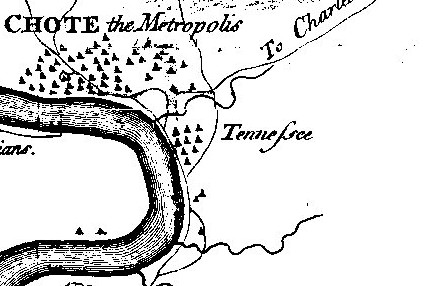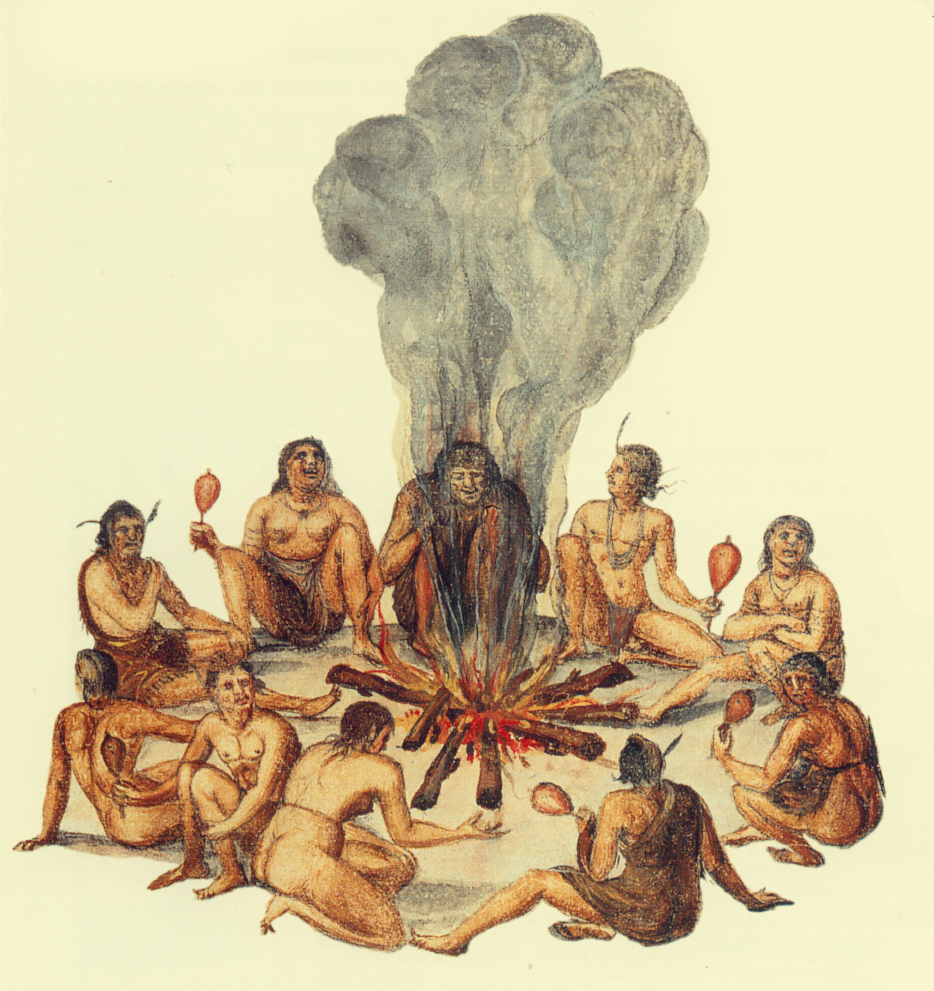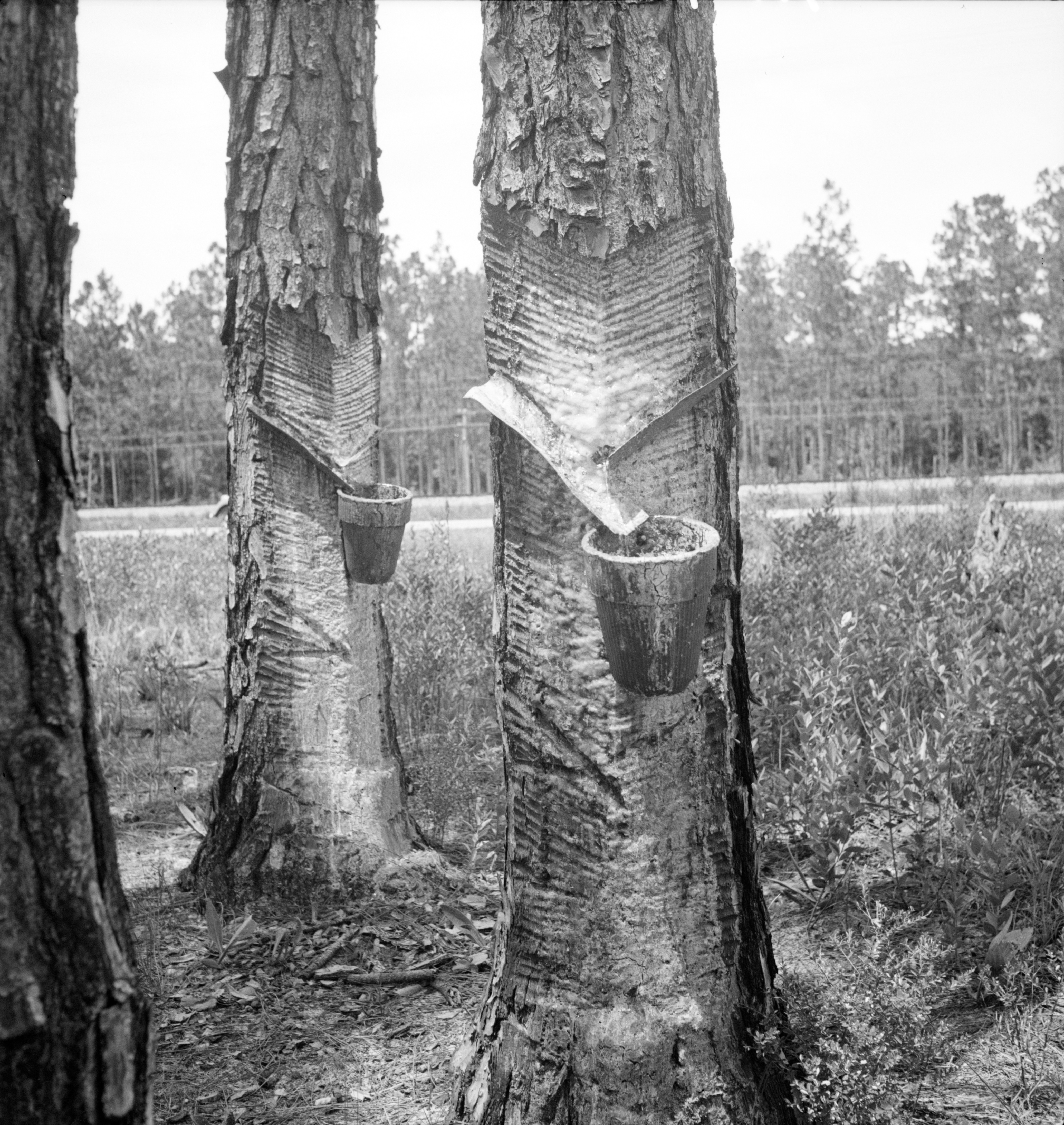|
Fraser Fir
The Fraser fir (''Abies fraseri''), sometimes spelled Frasier fir, is an endangered species of fir native to the Appalachian Mountains of the southeastern United States. They are endemic to only seven montane regions in the Appalachian Mountains. Taxonomy ''Abies fraseri'' is closely related to ''Abies balsamea'' (balsam fir), of which it has occasionally been treated as a subspecies (as ''A. balsamea'' subsp. ''fraseri'' (Pursh) E.Murray) or a variety (as ''A. balsamea'' var. ''fraseri'' (Pursh) Spach).Farjon, A. (1990). ''Pinaceae. Drawings and Descriptions of the Genera''. Koeltz Scientific Books .Liu, T.-S. (1971). ''A Monograph of the Genus Abies''. National Taiwan University.Flora of North America''Abies fraseri''/ref>Gymnosperm Database''Abies fraseri''/ref> Some botanists regard the variety of balsam fir named ''Abies balsamea'' var. ''phanerolepis'' as a natural hybrid with Fraser fir, denominated ''Abies × phanerolepis'' (Fernald) Liu. Names The species ''Abies fr ... [...More Info...] [...Related Items...] OR: [Wikipedia] [Google] [Baidu] |
Frederick Traugott Pursh
Frederick Traugott Pursh (or Friedrich Traugott Pursch) (February 4, 1774 – July 11, 1820) was a German people, German–United States, American botanist. Born in Großenhain, in the Electorate of Saxony, under the name Friedrich Traugott Pursh, he was educated at Dresden Botanical Gardens, and emigrated to the United States in 1799. From 1802 to 1805, he worked in Philadelphia as the botanical manager of the extensive gardens of William Hamilton, Esq., "The Woodlands (Philadelphia), The Woodlands." By 1805, he was working for Benjamin Smith Barton on a new Flora (publication), flora of North America, under whom he studied the plants collected on the Lewis and Clark Expedition. His work with Barton allowed him to travel farther afield. In 1805, he traveled south from Maryland to the Carolinas and, in 1806, he traveled north from the mountains of Pennsylvania to New Hampshire. He made both trips principally on foot, with only his dog and a gun, covering over three thousand miles e ... [...More Info...] [...Related Items...] OR: [Wikipedia] [Google] [Baidu] |
Tree
In botany, a tree is a perennial plant with an elongated stem, or trunk, usually supporting branches and leaves. In some usages, the definition of a tree may be narrower, e.g., including only woody plants with secondary growth, only plants that are usable as lumber, or only plants above a specified height. But wider definitions include taller palms, tree ferns, bananas, and bamboos. Trees are not a monophyletic taxonomic group but consist of a wide variety of plant species that have independently evolved a trunk and branches as a way to tower above other plants to compete for sunlight. The majority of tree species are angiosperms or hardwoods; of the rest, many are gymnosperms or softwoods. Trees tend to be long-lived, some trees reaching several thousand years old. Trees evolved around 400 million years ago, and it is estimated that there are around three trillion mature trees in the world currently. A tree typically has many secondary branches supported cle ... [...More Info...] [...Related Items...] OR: [Wikipedia] [Google] [Baidu] |
Tennessee
Tennessee (, ), officially the State of Tennessee, is a landlocked U.S. state, state in the Southeastern United States, Southeastern region of the United States. It borders Kentucky to the north, Virginia to the northeast, North Carolina to the east, Georgia (U.S. state), Georgia, Alabama, and Mississippi to the south, Arkansas to the southwest, and Missouri to the northwest. Tennessee is the List of U.S. states and territories by area, 36th-largest by area and the List of U.S. states and territories by population, 15th-most populous of the 50 states. According to the United States Census Bureau, the state's estimated population as of 2024 is 7.22 million. Tennessee is geographically, culturally, and legally divided into three Grand Divisions of Tennessee, Grand Divisions of East Tennessee, East, Middle Tennessee, Middle, and West Tennessee. Nashville, Tennessee, Nashville is the state's capital and largest city, and anchors its largest metropolitan area. Tennessee has dive ... [...More Info...] [...Related Items...] OR: [Wikipedia] [Google] [Baidu] |
North Carolina
North Carolina ( ) is a U.S. state, state in the Southeastern United States, Southeastern region of the United States. It is bordered by Virginia to the north, the Atlantic Ocean to the east, South Carolina to the south, Georgia (U.S. state), Georgia to the southwest, and Tennessee to the west. The state is the List of U.S. states and territories by area, 28th-largest and List of U.S. states and territories by population, 9th-most populous of the List of states and territories of the United States, United States. Along with South Carolina, it makes up the Carolinas region of the East Coast of the United States, East Coast. At the 2020 United States census, 2020 census, the state had a population of 10,439,388. Raleigh, North Carolina, Raleigh is the state's List of capitals in the United States, capital and Charlotte, North Carolina, Charlotte is its List of municipalities in North Carolina, most populous and one of the fastest growing cities in the United States. The Charl ... [...More Info...] [...Related Items...] OR: [Wikipedia] [Google] [Baidu] |
Virginia
Virginia, officially the Commonwealth of Virginia, is a U.S. state, state in the Southeastern United States, Southeastern and Mid-Atlantic (United States), Mid-Atlantic regions of the United States between the East Coast of the United States, Atlantic Coast and the Appalachian Mountains. The state's List of capitals in the United States, capital is Richmond, Virginia, Richmond and its most populous city is Virginia Beach, Virginia, Virginia Beach. Its most populous subdivision is Fairfax County, Virginia, Fairfax County, part of Northern Virginia, where slightly over a third of Virginia's population of more than 8.8million live. Eastern Virginia is part of the Atlantic Plain, and the Middle Peninsula forms the mouth of the Chesapeake Bay. Central Virginia lies predominantly in the Piedmont (United States), Piedmont, the foothill region of the Blue Ridge Mountains, which cross the western and southwestern parts of the state. The fertile Shenandoah Valley fosters the state's mo ... [...More Info...] [...Related Items...] OR: [Wikipedia] [Google] [Baidu] |
Abies Fraseri0
Firs are evergreen coniferous trees belonging to the genus ''Abies'' () in the family Pinaceae. There are approximately 48–65 extant species, found on mountains throughout much of North and Central America, Eurasia, and North Africa. The genus is most closely related to '' Keteleeria'', a small genus confined to eastern Asia. The genus name is derived from the Latin "to rise" in reference to the height of its species. The common English name originates with the Old Norse ''fyri'' or the Old Danish ''fyr''. They are large trees, reaching heights of tall with trunk diameters of when mature. Firs can be distinguished from other members of the pine family by the way in which their needle-like leaves are attached singly to the branches with a base resembling a suction cup, and by their cones, which, like those of cedars, stand upright on the branches like candles and disintegrate at maturity. Identification of the different species is based on the size and arrangement of ... [...More Info...] [...Related Items...] OR: [Wikipedia] [Google] [Baidu] |
Strobilus
A strobilus (: strobili) is a structure present on many land plant species consisting of sporangia-bearing structures densely aggregated along a stem. Strobili are often called cones, but some botanists restrict the use of the term cone to the woody seed strobili of conifers. Strobili are characterized by a central axis (anatomically a stem) surrounded by spirally arranged or decussate structures that may be modified leaves or modified stems. Leaves that bear sporangia are called '' sporophylls'', while sporangia-bearing stems are called '' sporangiophores''. Lycophytes Some members of both of the two modern classes of Lycopodiophyta (Lycopodiopsida and Isoetopsida) produce strobili. In all cases, the lateral organs of the strobilus are microphylls, bearing sporangia. In other lycophytes, ordinary foliage leaves can act as sporophylls, and there are no organized strobili. Diphasiastrum complanatum strobilus (01).jpeg, Strobili of '' Diphasiastrum'' Lycopodium saururus.JPG, S ... [...More Info...] [...Related Items...] OR: [Wikipedia] [Google] [Baidu] |
Monoecy
Monoecy (; adj. monoecious ) is a sexual system in seed plants where separate male and female cones or flowers are present on the same plant. It is a monomorphic sexual system comparable with gynomonoecy, andromonoecy and trimonoecy, and contrasted with dioecy where individual plants produce cones or flowers of only one sex and with bisexual or hermaphroditic plants in which male and female gametes are produced in the same flower. Monoecy often co-occurs with anemophily, because it prevents self-pollination of individual flowers and reduces the probability of self-pollination between male and female flowers on the same plant. Monoecy in angiosperms has been of interest for evolutionary biologists since Charles Darwin. Terminology Monoecious comes from the Greek words for one house. History The term monoecy was first introduced in 1735 by Carl Linnaeus. Darwin noted that the flowers of monoecious species sometimes showed traces of the opposite sex function, suggesting ... [...More Info...] [...Related Items...] OR: [Wikipedia] [Google] [Baidu] |
Bract
In botany, a bract is a modified or specialized leaf, associated with a reproductive structure such as a flower, inflorescence axis or cone scale. Bracts are usually different from foliage leaves in size, color, shape or texture. They also look different from the parts of the flower, such as the petals or sepals. A plant having bracts is referred to as bracteate or bracteolate, while one that lacks them is referred to as ebracteate or ebracteolate. Variants Some bracts are brightly coloured which aid in the attraction of pollinators, either together with the perianth or instead of it. Examples of this type of bract include those of '' Euphorbia pulcherrima'' (poinsettia) and '' Bougainvillea'': both of these have large colourful bracts surrounding much smaller, less colourful flowers. In grasses, each floret (flower) is enclosed in a pair of papery bracts, called the lemma (lower bract) and palea (upper bract), while each spikelet (group of florets) has a further pair o ... [...More Info...] [...Related Items...] OR: [Wikipedia] [Google] [Baidu] |
Conifer Cone
A conifer cone, or in formal botanical usage a strobilus, : strobili, is a seed-bearing organ on gymnosperm plants, especially in conifers and cycads. They are usually woody and variously conic, cylindrical, ovoid, to globular, and have scales and bracts arranged around a central axis, but can be fleshy and berry-like. The cone of Pinophyta (conifer clade) contains the reproductive structures. The woody cone is the female cone, which produces seeds. The male cone, which produces pollen, is usually ephemeral and much less conspicuous even at full maturity. The name "cone" derives from Greek ''konos'' (pine cone), which also gave name to the geometric cone. The individual plates of a cone are known as ''scales''. In conifers where the cone develops over more than one year (such as pines), the first year's growth of a seed scale on the cone, showing up as a protuberance at the end of the two-year-old scale, is called an ''umbo'', while the second year's growth is called th ... [...More Info...] [...Related Items...] OR: [Wikipedia] [Google] [Baidu] |
Turpentine
Turpentine (which is also called spirit of turpentine, oil of turpentine, terebenthine, terebenthene, terebinthine and, colloquially, turps) is a fluid obtainable by the distillation of resin harvested from living trees, mainly pines. Principally used as a specialized solvent, it is also a source of material for Organic synthesis, organic syntheses. Turpentine is composed of terpenes, primarily the monoterpenes alpha-Pinene, alpha- and beta-Pinene, beta-pinene, with lesser amounts of carene, camphene, limonene, and terpinolene.Kent, James A. ''Riegel's Handbook of Industrial Chemistry'' (Eighth Edition) Van Nostrand Reinhold Company (1983) p.569 Nowadays, turpentine is rarely the product of distillation of pine resin, but is a byproduct of pulping. Pulping is achieved by two processes, the Kraft process and the sulfite process. The turpentines obtained from these two processes differ in their chemical compositions. The sulfite process gives a product that is rich in cymene, w ... [...More Info...] [...Related Items...] OR: [Wikipedia] [Google] [Baidu] |
Stoma
In botany, a stoma (: stomata, from Greek language, Greek ''στόμα'', "mouth"), also called a stomate (: stomates), is a pore found in the Epidermis (botany), epidermis of leaves, stems, and other organs, that controls the rate of gas exchange between the internal air spaces of the leaf and the atmosphere. The pore is bordered by a pair of specialized Ground tissue#Parenchyma, parenchyma cells known as guard cells that regulate the size of the stomatal opening. The term is usually used collectively to refer to the entire stomatal complex, consisting of the paired guard cells and the pore itself, which is referred to as the stomatal aperture. Air, containing oxygen, which is used in cellular respiration, respiration, and carbon dioxide, which is used in photosynthesis, passes through stomata by gaseous diffusion. Water vapour diffuses through the stomata into the atmosphere as part of a process called transpiration. Stomata are present in the sporophyte generation of the v ... [...More Info...] [...Related Items...] OR: [Wikipedia] [Google] [Baidu] |







